Packing his pith helmet, extra-thick buff and 14-weight fly rod, Joshua Hutchins does battle with bluewater brutes on the remote atolls off the PNG coast.
When someone throws out an invitation for an “exploratory fishing trip” I bite like a big brown trout in a Kiwi backwater. As soon as Jimmy Laverty from Fly Odyssey Australia pitched the idea of fishing the remote waters of Papua New Guinea, I signed on. A year later, (November 2019), I was en route to the airport. We arrive in PNG to the usual welcoming committee of curious wide-eyed faces pressed up against the mesh fence and beaten-up Hilux utes in the background.
Visas checked, we’re waved through and it’s a short drive to the headquarters of Sport Fishing PNG, who are our hosts for the week. Pinned to every wall of are framed photos of big black bass, each sweaty angler cradling their prize with exhausted arms. But black bass isn’t the main focus of our trip. We’re here for triggers, bonefish, Napoleon wrasse and giant trevally. We’ve packed an arsenal of rods — eight, nine, 10, 12 and 14-weight rods.
After tiptoeing around Port Moresby for a few days, we board the MV K20, our battleship for the week ahead, the biggest, best and, er, only mothership fishing operation in PNG.
EXPECTATION & EXPLORATION
The mothership features two state-rooms and plenty of space for downtime. Exhausted from a huge month of work and travelling, I flop down onto a comfy bed and let the rise and fall of the sea send me into a deep sleep. Head guide Cameron Mundy greets me as the sun rises above the Coral Sea. Naturally, fishing is the topic of conversation. He tells us about some smaller atolls that have rarely — if ever — been fished. The plan is to wait for the tide to drop low enough for us to get out of the boat and explore. Jimmy and I would point out areas to the guide, leave the boat and follow our noses.
First impressions are good as bluefin trevally crawl all over every fly we present. They’re fun, but we’re looking for bigger brutes such as GTs. We spot triggers, but they spook easily. We fool a few and get dusted on the sharp reef. Casting to visual schools of fish around the bommies results in red bass, jobfish, numerous coral trout species and trevally. We sight-fish to huge Napoleon wrasse on the flats. It’s only day one, and it’s obvious we’re in a sportfishing paradise. But we’re not here forever. It’s time to get serious — we want to see the bow wave of a big GT.
DROWNED DRONES
The Eastern Fields are a large reef system about 90nm south-west of Port Moresby. During spring-tides, much of the reef is not wadable. We peer into the reef system through our polaroids, looking for the best wading options. For a better view, I launch the drone and take in the magnificence of this atoll system through the tiny screen. “Have you fished inside this atoll before?” I ask Cameron. “No-one ever goes inside,” he replies — music to my ears. We take the panga inside and start exploring. From the drone I can see extensive sandy flats with drop-offs that scream “GT terrain”, but that would have to wait as we need the water to drop further. In the meantime, good-sized GTs are circling a set of bommies. Jimmy makes a cast and soon enough connects with a solid GT.
Now, fly fishing can be an expensive business — equipment, time, flies, overpriced fishing vests — but sometimes the cost is down to your own stupidity. In order to film the GT action, I put down my drone controller and pick up my DSLR. Jimmy lands the GT while I shoot some epic stills. Happy with my handiwork, I then spot the drone controller on the panga. “Why is that controller sitting there?” my brain asks.“Damn, the drone is still up!” Now drones have a limited battery life of about 25–30 minutes. Looking skyward to see it still buzzing above, I breathe a sigh of relief. Which is the drone’s signal to immediately plummet into the depths of the Coral Sea like a kamikaze Zero fighter. Back on the K20 I inspect my travel insurance policy. Apparently “cover more” doesn’t include downed drones. Damn!
Gutted, I pick up my 12-weight fly rod, throw a fly and connect with a 40lb GT, which helps soothe my pain a little. The sandy flat exposes more great fishing opportunities as the water drops. As hoped, this is where the GTs are roaming. Jimmy hits a 40 pounder, and before I can even pick up the camera, he’s onto another. Some double hook-ups follow. Now GTs are a hectic fish to catch on any gear, but clearwater sight-fishing on a fly rod is, for me, as good as it gets. We return to the flats the next day and get the same result, although some bigger model GTs reef us. Was it fair exchange for a drowned drone? You bet it was.
TACKLING TROUT
Another PNG highlight is the variety of coral trout. We sight-cast to several fish cruising down the edge of the flats. Without their craggy reef bunkers to retreat to, these strong fighters are exposed in open country. Jimmy and I claim solid trout from within the atolls and plenty of different species around the bommies.
Our trip plan was to spend the first four days bombing the atolls then head back to mainland to search and destroy some rivers. But it’s hard to leave as it seems like we’re just getting the hang of it. I never tire of chasing GTs and I’d had no previous idea of the fly fishing potential of this fishery — it certainly ticked a lot of boxes. Nevertheless, we make plans for the overnight haul to the new battleground while enjoying our last sunset dinner on the open seas.
FRESH VIBES
For the return leg of the trip, our guides choose rivers and estuary systems where we will chase black bass. We fish with 12 to 14-weight fly rods, 100lb core fly lines and leader, and seductively bright flies with strong hooks — but the shots just never come. One of our party claims to have been broken off by a bass, but the lack of hard evidence leaves us thinking we may not have been in the right area.
Barramundi, fingermark and jacks are plentiful, but we yearn to be back on those untouched saltwater flats. A beautiful, expansive country, PNG offers a massive array of fish.
The locals are incredibly friendly, welcoming us into their villages as we explore the creeks and rivers. They perform local dances and show us around the island schools and churches. I’m already planning a return trip to PNG to stalk the black bass lurking in the shadows — but it will be hard not to pay a visit to the Eastern Fields atolls, home to those insane GTs.
THE (OTHER) BATTLE OF THE CORAL SEA
The first air-sea battle in history took place in these waters during May 4–8 of 1942. It was also the first sea battle to be fought with both major surface units out of sight of each other. Japan was looking to establish its dominance over the Coral Sea region by occupying Port Moresby in New Guinea and Tulagi in the Solomon Islands. But Allied code-breakers had got wind of their plans and an Anglo-American task force commanded by US Rear Admiral Frank Fletcher, including the aircraft carriers Lexington and Yorktown, and several Australian warships, was sent to convince the Imperial Japanese Navy that it was a bad idea. The numerically superior Japanese fleet, under the overall command of Admiral Shigeyoshi Inoue, included three aircraft carriers and many support ships, plus the invasion landing force.
During the course of four days of rock’n’roll, the airmen on both sides performed hard-core on-the-job training, but there was a shitload of dropped balls by both teams. In the initial skirmishes, many air-strikes either missed their targets or found them only after they’d already used up all their ordnance. The US finally drew first blood by sinking the light carrier Shoho. Then the main forces really got into it, trading tit-for-tat air-strikes. The Americans lost the Lexington and then the Yorktown was damaged. The Japanese carrier Shokaku was also hammered. All up, eight ships were sunk and five severely damaged in the Battle of the Coral Sea. A combined total of 166 aircraft were lost on both sides and 1622 service personnel killed. Eventually, left without sufficient air cover, the Japanese invasion force was forced to do a runner. Which meant a TKO verdict to the Allies. The pounding taken by the Japanese Navy would have a major impact on the Battle of Midway just a month later, severely reducing the available forces the Japanese could throw into the fight.

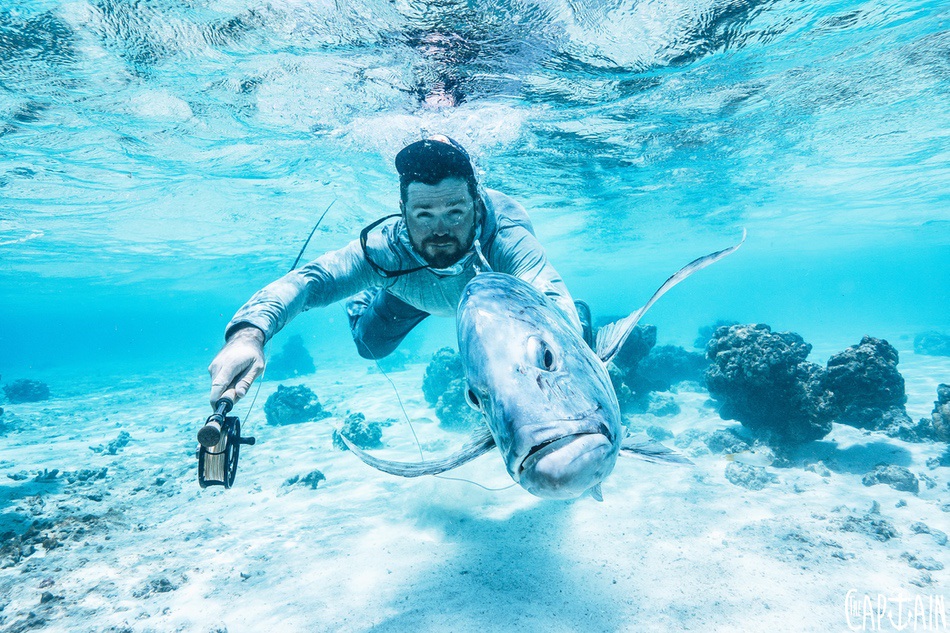
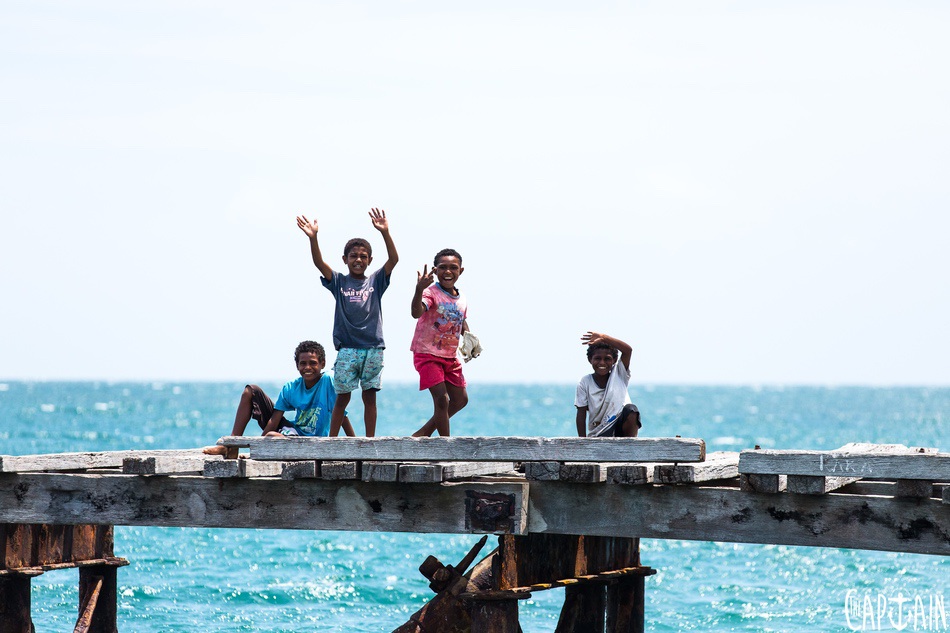
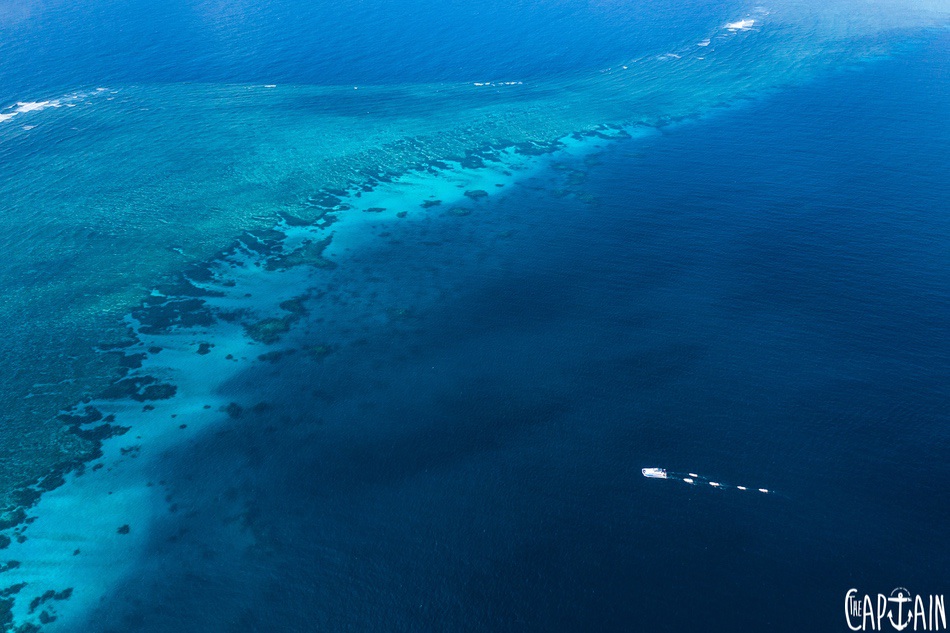
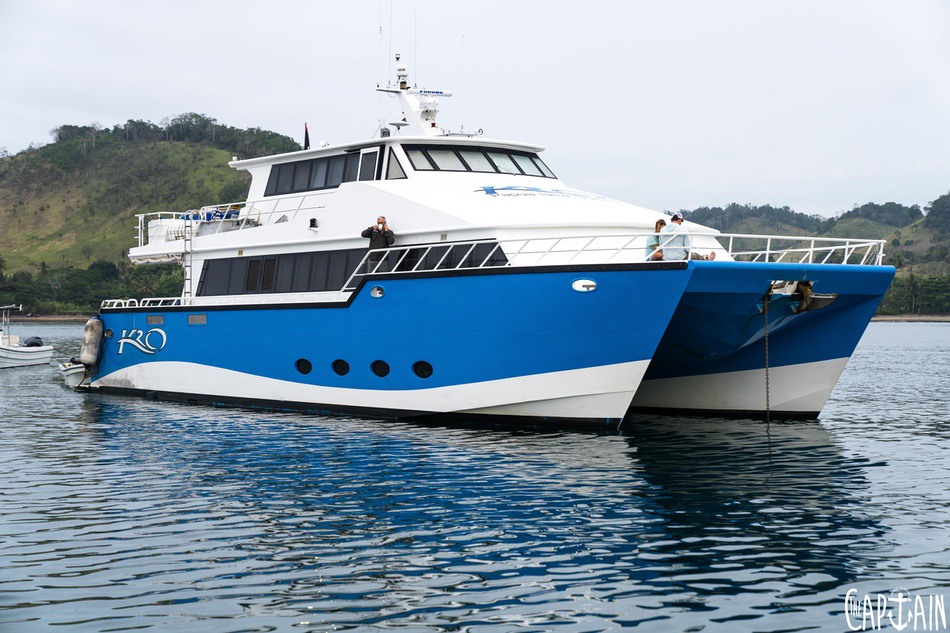
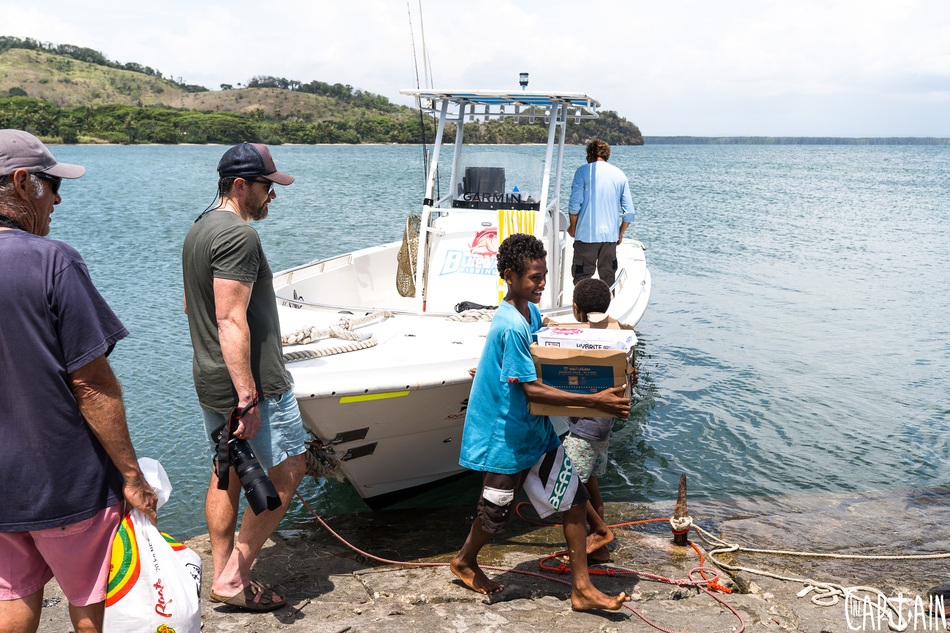
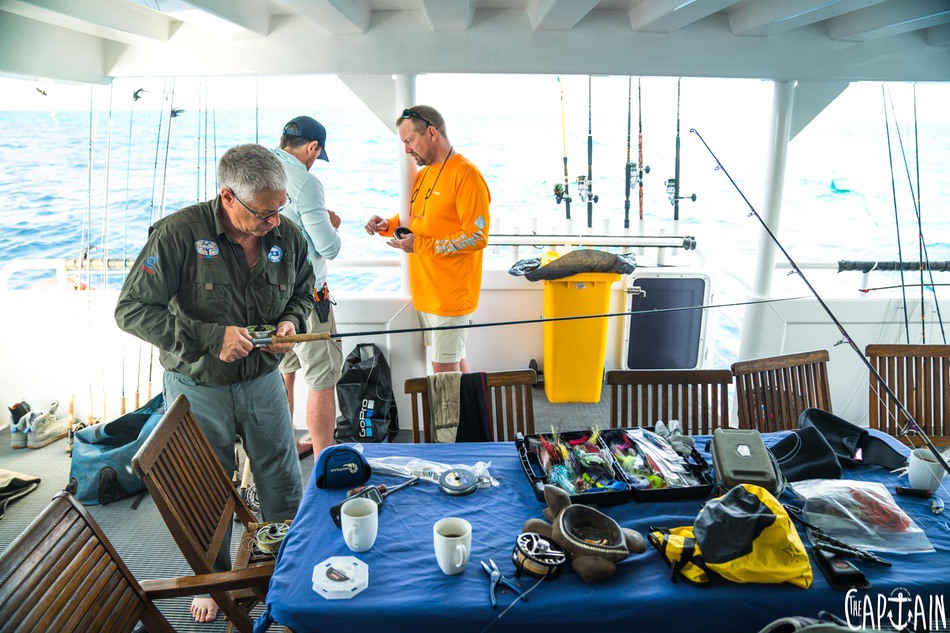
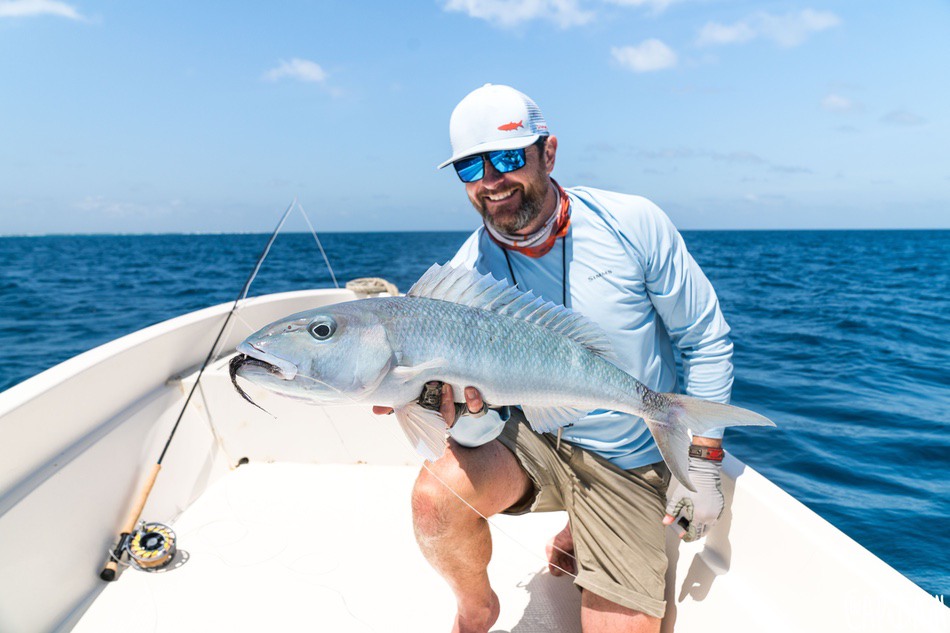
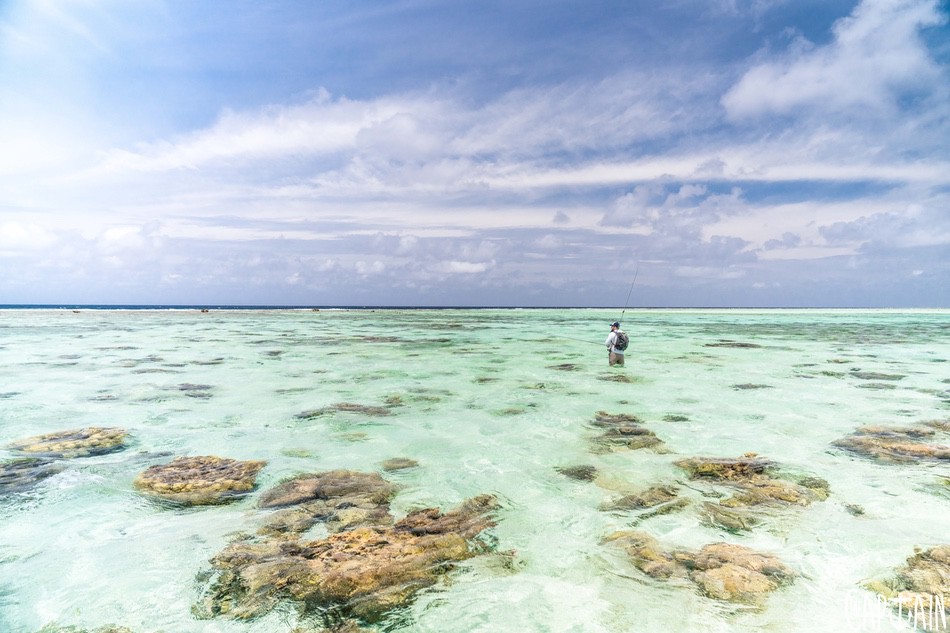
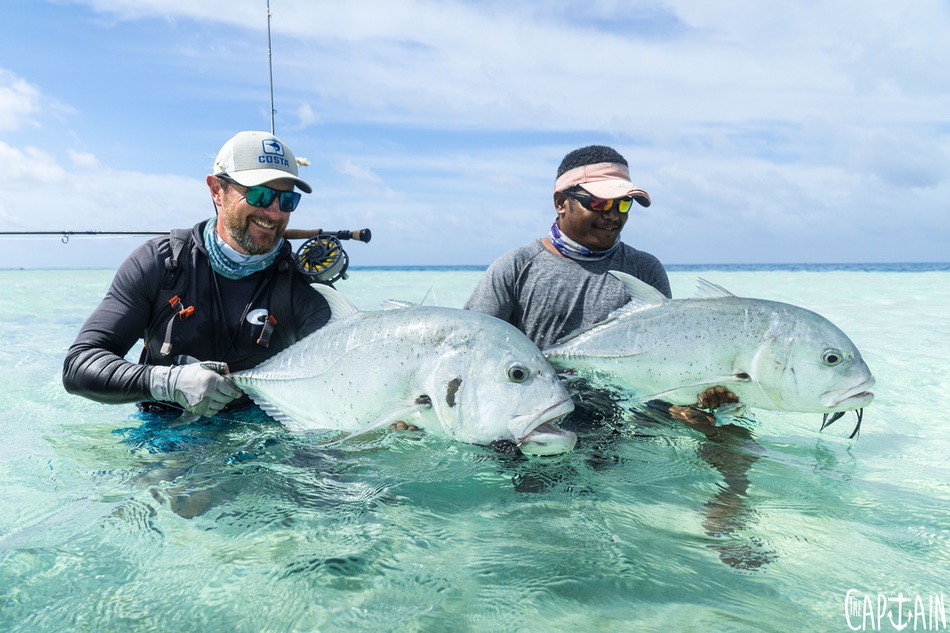
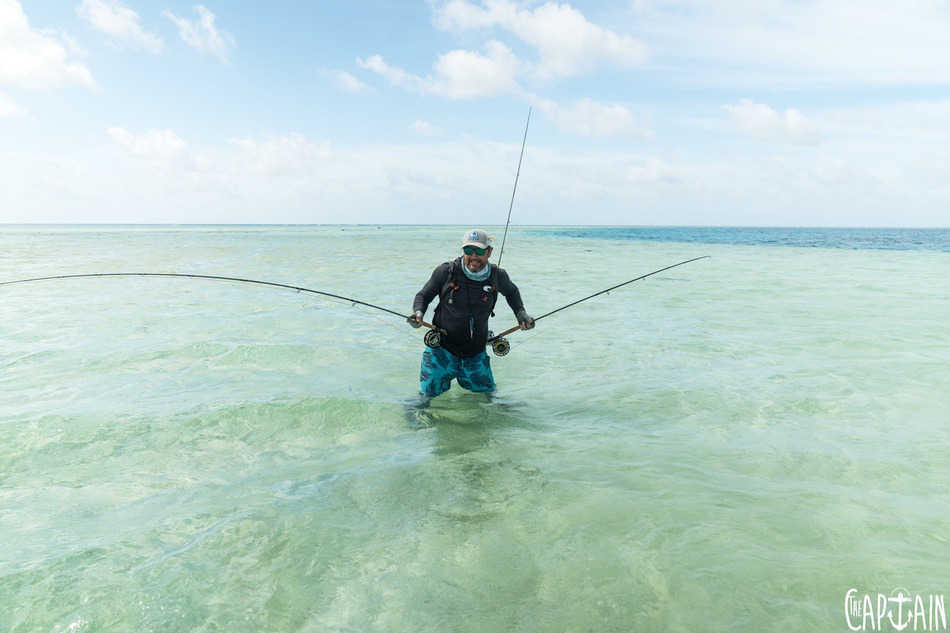
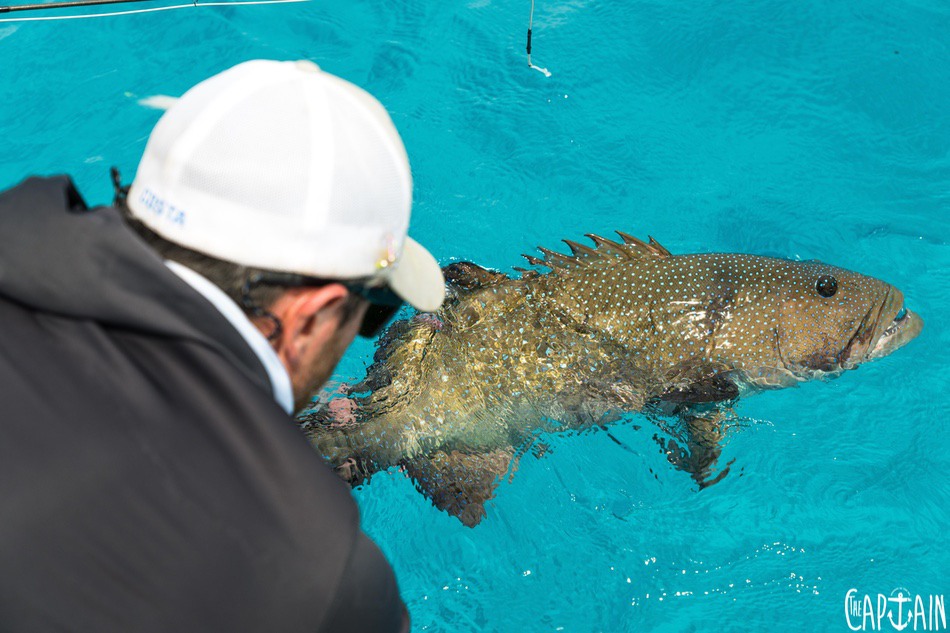
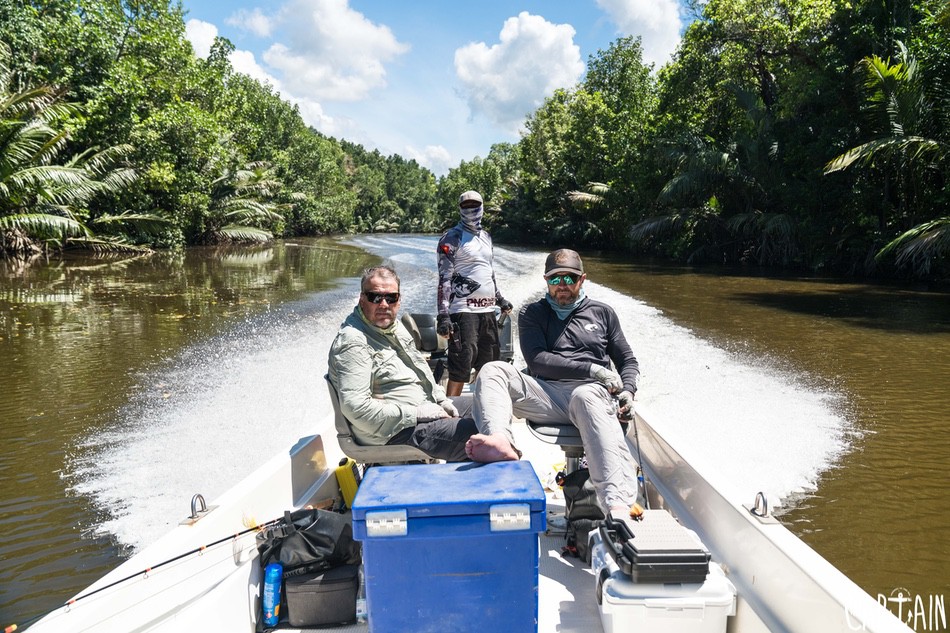
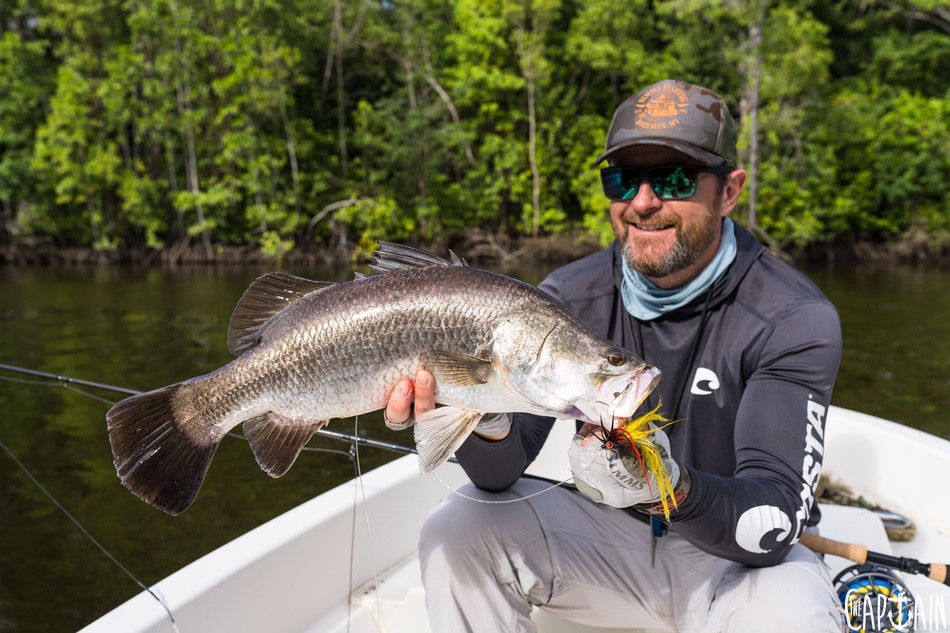
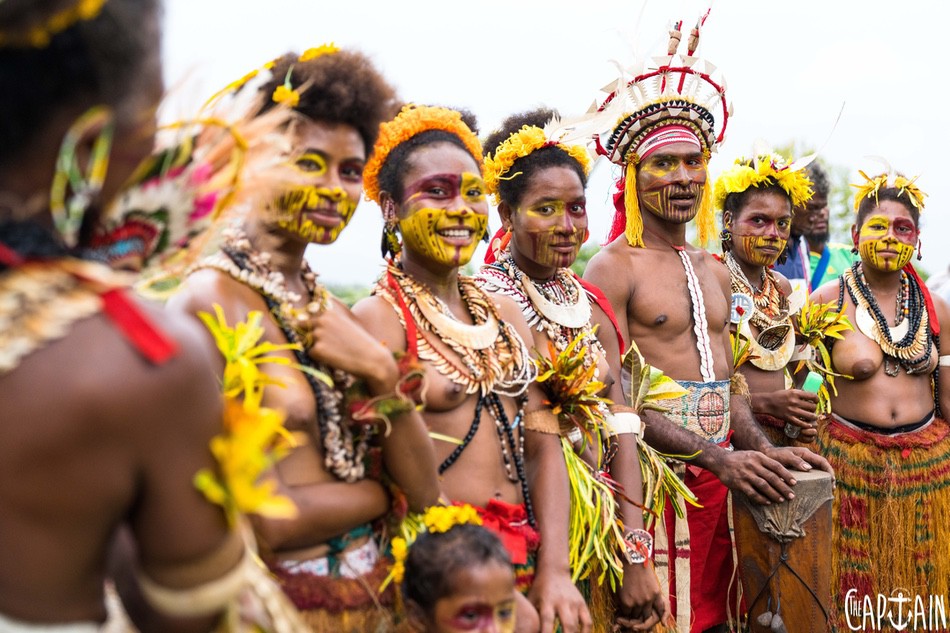

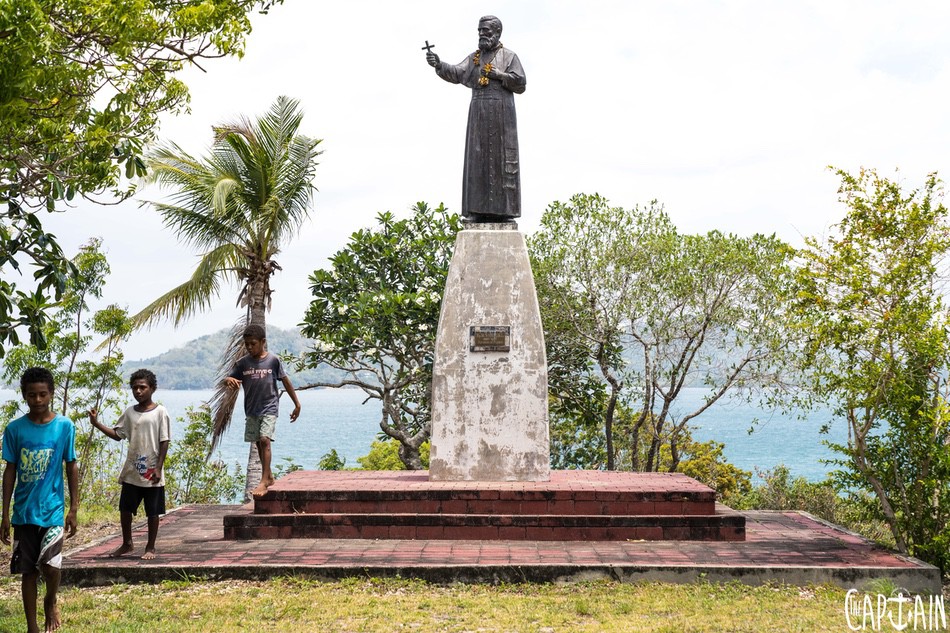
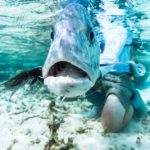
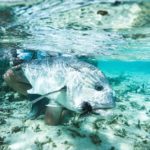
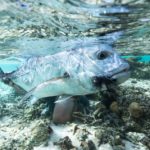
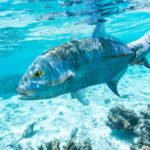
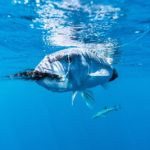
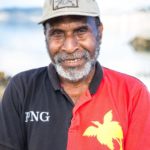
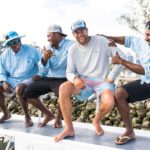
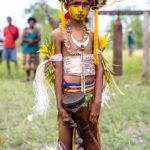

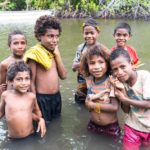
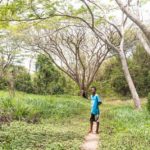

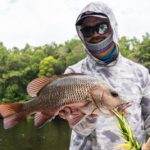
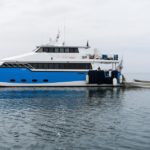
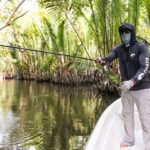
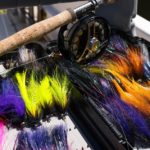
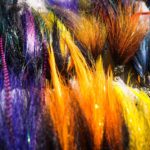
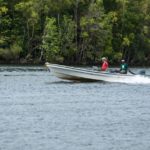
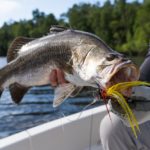
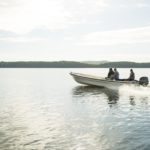
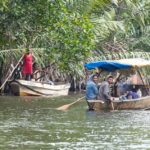
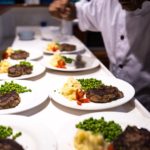
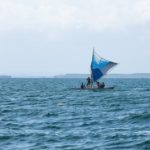
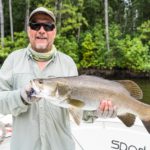
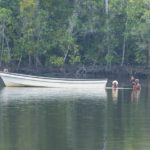
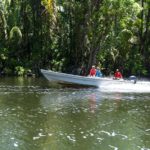
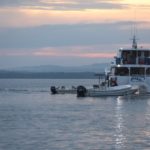
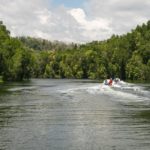
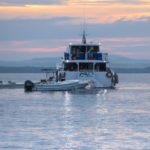
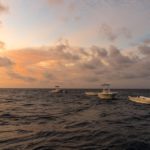
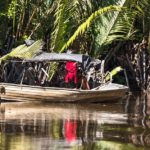
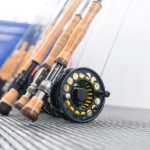
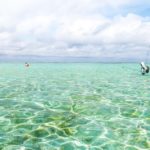
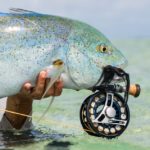
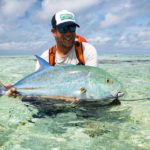
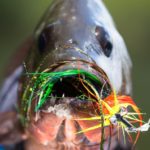
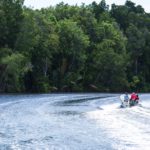
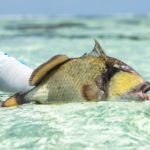
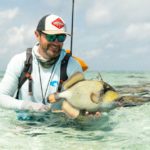
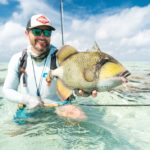
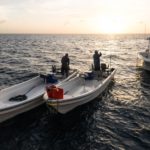
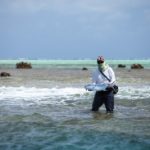
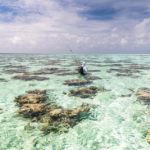
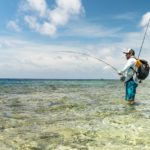
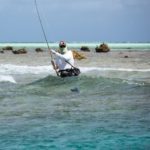
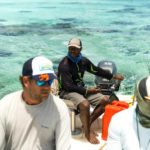
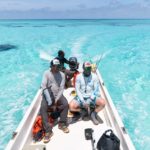
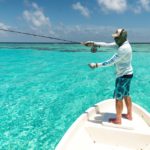
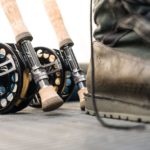
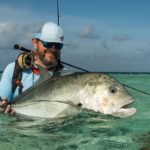
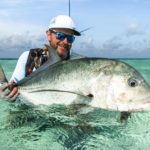
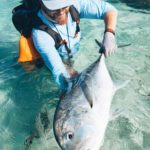
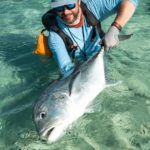
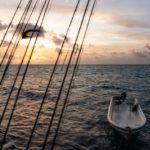
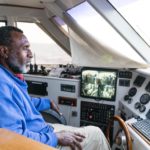
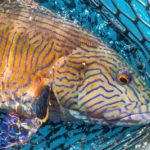
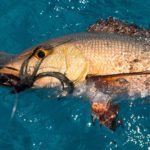
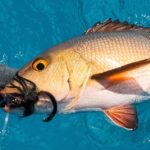
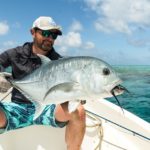
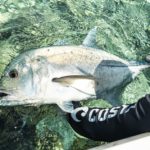
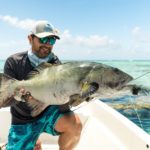
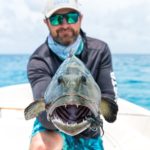
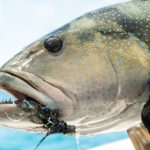
Recent Comments